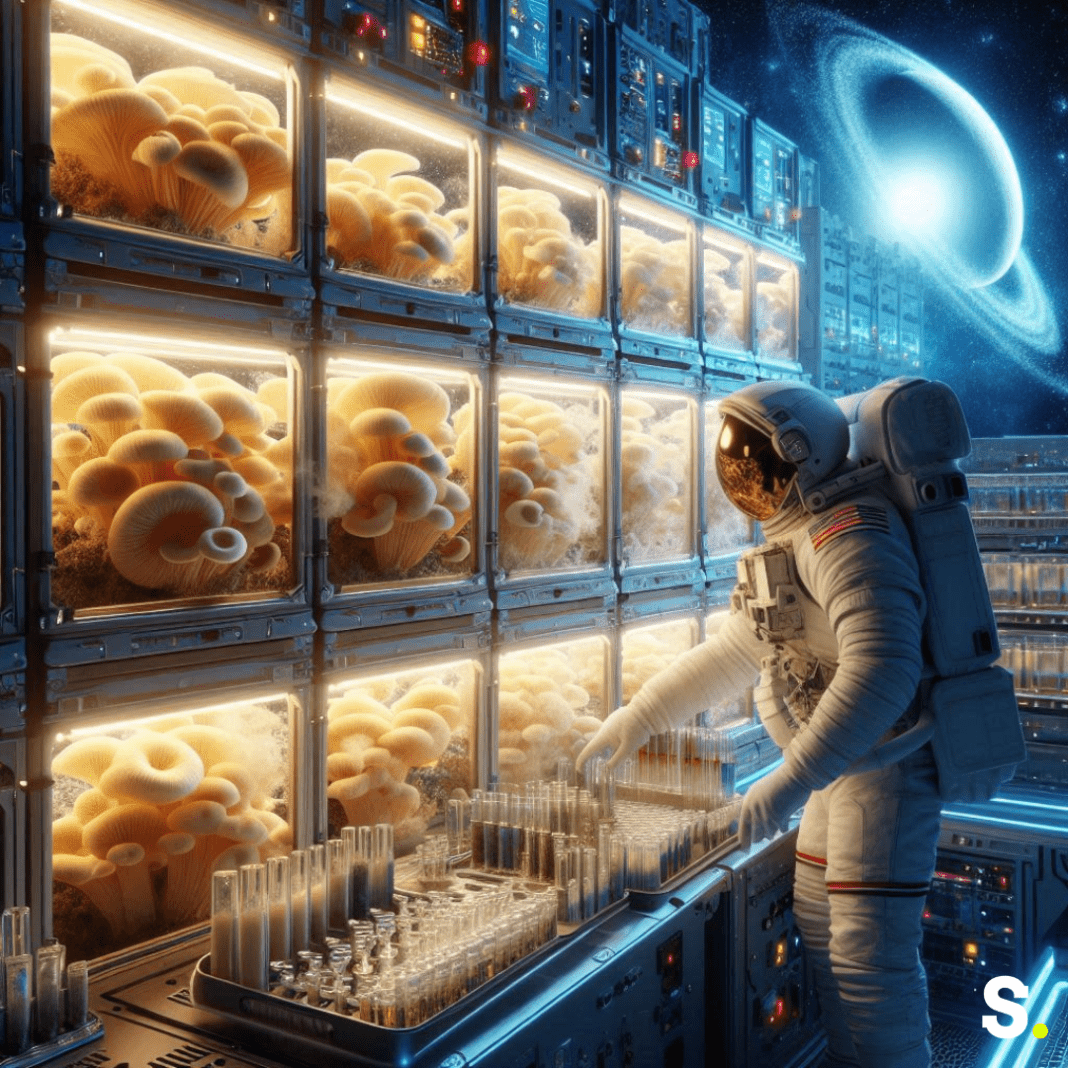Innovative Space Habitats with Fungi
NASA is making a remarkable advance in space exploration by funding a cutting-edge project that could revolutionize how astronauts live on distant worlds like the Moon and Mars. The Mycotecture Off Planet project investigates a novel method for creating space habitats out of fungi. The idea is to grow habitats from a special type of fungi that can expand and form a living space when provided with water. This futuristic concept is part of NASA’s Innovative Advanced Concepts (NIAC) program, which supports visionary ideas and technology that could shape the future of space travel.
The Mycotecture project has been awarded a Phase III NIAC grant, a significant milestone that indicates its progress from early research stages to more advanced development. NASA has agreed to invest $2 million in this technology advancement throughout the next two years. Researchers at NASA Ames Research Center in California are leading this exciting endeavor. The project involves using mycelia, the underground networks of fungi, to build habitats that could be used on the Moon, Mars, and potentially other planets.
The process involves sending a compact habitat framework into space, which contains dormant fungi. Once the habitat reaches its destination, astronauts would add water to the framework. The fungi would then grow around the structure, forming a fully functional living space. This innovative approach aims to create habitats that are not only lightweight but also capable of growing in situ, reducing the need to transport bulky habitat modules from Earth.
Developing New Technology for Space Exploration
NASA’s mission is to pioneer new technologies that can support long-duration space missions. The Mycotecture project is a key part of this effort, focusing on developing a material that can be used for constructing habitats in space. By using fungi, NASA hopes to create a multi-use material that can be grown on-site, reducing the weight and volume of materials needed for space missions and saving valuable resources for other critical mission objectives.
The project team has already made significant strides in testing and refining the technology. They have created and tested various fungal-based materials to determine which combinations are most effective for habitat construction. These materials have been put through rigorous tests in planetary simulators, which replicate the harsh conditions of space. The researchers have also explored ways to enhance the materials, such as incorporating radiation protection to ensure the habitats are safe for astronauts.
The Mycotecture project’s proof of concept has shown encouraging outcomes. The team has demonstrated that it is possible to create functional habitats using fungal-based biocomposites. These materials have been tested to ensure they can withstand the challenges of space environments, such as extreme temperatures and radiation. The researchers are now working on optimizing the material properties and preparing for further testing in low Earth orbit. This will help them assess how well the materials perform in space and make any necessary adjustments before using them in future missions.
Potential Uses Beyond Space
While the primary goal of the Mycotecture project is to support space exploration, the technology has potential applications beyond outer space. The fungi used in this project could also be useful here on Earth. For instance, mycelia could be employed for water filtration systems, helping to clean and purify water. Additionally, they could be used to extract minerals from wastewater, which could have important environmental benefits.
The research into fungi-based habitats could lead to new methods of managing resources and protecting the environment on our planet. The ability to grow materials using fungi could reduce waste and promote sustainability, offering solutions to some of the environmental challenges we face today. This dual-purpose aspect of the technology highlights its potential to make a positive impact both in space and on Earth.
NASA’s space technology team is dedicated to advancing new ideas that could transform space exploration. The Mycotecture project is an example of how creative thinking in research may result in ground-breaking discoveries. By investing in these early-stage concepts, NASA is laying the groundwork for future advancements in space technology. The Phase III award will enable the researchers to refine their materials and move towards testing in space, paving the way for the eventual use of these fungi-based habitats in space stations and missions to the Moon and Mars.
The Innovative Advanced Concepts program plays a crucial role in supporting pioneering research that could drive the future of space exploration. Through this program, NASA is fostering the development of visionary technologies that have the potential to change how we explore and inhabit other worlds. The Mycotecture project is just one example of how these early-stage ideas can lead to significant advancements and open up new possibilities for space travel and beyond.



